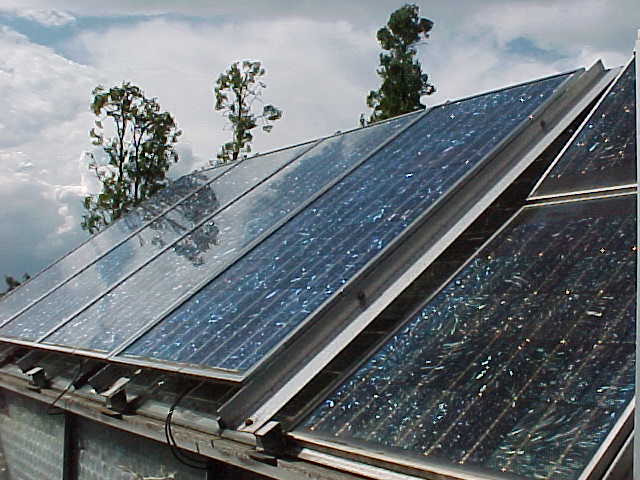 Each year in the U.S., we unknowingly waste the amount of electricity equal to what’s produced by 17 coal-fired power plants.
Each year in the U.S., we unknowingly waste the amount of electricity equal to what’s produced by 17 coal-fired power plants.
Consider what such enormous waste means for all of us.
Millions of tons of CO2 are being needlessly pumped into the atmosphere and exacerbating global climate change, while countless dollars and tons of coal are being wasted, as well.
So what’s the cause of this illogical phenomenon? It is phantom load, or vampire power—the flat screens, game consuls, computers and other electronics that consume electricity even when they’re off; the cell phone chargers we leave plugged in 24/7; and the constant, unnecessary energy draw from similar electronics throughout the home.
When it comes to phantom load, we find both our greatest culprits and strongest potential heroes in teens and young adults, or echo boomers. Many of those who study energy use believe that echo boomers use, and in turn waste, more energy in the home than any other age group. Consider the long list of things the average young person has plugged in that contribute to phantom load—iPods, PS3s, stereos, DVRs, DVD players, etc. They are using these devices as much, or more than any other consumer. Their consumption habits also tend not to err on the side of conservation.
A recent study from our neighbors to the north found that teens were easily the largest energy users in the home. According to a report from the Ontario Power Authority released in 2007, the issue teens were most interested in was climate change, but they did make the connection that energy use is a main contributor to the problem. Over 60% of teens polled in the study said they used more energy than anyone else in their home. It’s safe to say that America’s echo boomers have similar, if not more indulgent and wasteful, energy habits.
This is a huge problem. However, there is also a real solution. Some recent market research studies provide compelling insights on how to effectively reach out to echo boomers in order to create real change in their energy habits.
First, it’s clear that young people need to be inspired, not made to feel guilty. They don’t respond well to overwhelming messages about the problem of global climate change—images showing correlation between energy waste and the struggling polar bears, for instance, proved terribly ineffective. They do respond to messages that educate and empower them to make smart decisions that show how to be part of the solution. When they know exactly how much CO2 emissions their energy habits create, and what the equivalent of those emissions is to something tangible, like gallons of gasoline consumed, they then understand the significance of the problem and how their simple actions will truly help.
That’s the solution to taking echo boomers from being the greatest users and waters of energy, to now becoming our energy smart heroes—we need a major marketing campaign in this country that inspires, educates and empowers young people to make wise energy decisions.
And there are such efforts happening today, for sure. The recent Power Shift conference in D.C. highlighted some of them. One such campaign that is just being launched is a partnership between the web site ClimateCulture.com, and my non-profit organization SmartPower.
It’s the America’s Greenest Campus contest—a campaign with the kind of creative and effective online tools that can empower college students, faculty, staff and alumni to contribute to their campus’ sustainability efforts in their everyday lives.
At AmericasGreenestCampus.com, eco-minded participants will make real commitments to reducing their energy use and overall carbon footprint through an extensive list of energy saving, everyday actions. Participants log onto the America’s Greenest Campus social networking community (that’s completely integrated into Facebook), and create their own virtual worlds based on their current carbon footprint, as well as a cool avatar.
The real teeth of AGC, though, is the advanced carbon and energy adviser that allows everyone who joins to get personalized information that tells them exactly how much CO2, energy, water and other resources their actions save. The tool takes into account where someone lives, what their lifestyle is, and all the other factors needed to provide the kind of accurate and empowering information young people need to know—the kind of information that will inspire them to take meaningful, and sometimes basic actions.
Who knows, maybe if things go just right, we can then let their actions inspire the rest of us, too.
Brian F. Keane is the president of SmartPower, a nonprofit organization based in Washington, D.C. that promotes clean energy and energy efficiency. www.smartpower.org






